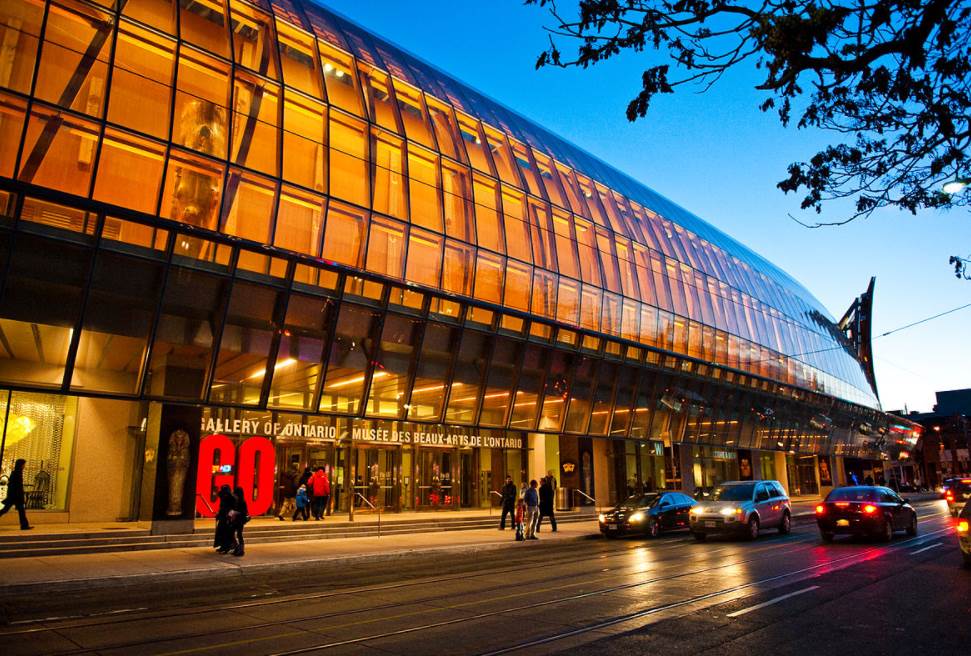Whether or not this Biblical event took place remains a mystery, but it surely inspired some of the greatest artists in history, especially artists of the Baroque era.
One of these was one of the most renowned Flemish artists of the 17th century, Peter Paul Rubens (1577-1640), a man who singlehandedly defined Baroque art during his time.
In this article, you’ll discover some of the most interesting facts about the Massacre of the Innocents, two of Rubens’ masterpieces.
1. The first painting was completed shortly after the artist’s return from Italy
Peter Paul Rubens was an educated man who studied Renaissance humanism in Antwerp, the city in modern-day Belgium where he lived and worked for most of his life.
He entered Antwerp’s Guild of St. Luke after his studies in 1598 and was already an independent master at this time.
To sharpen his skills, he traveled to Italy in the year 1600 and visited multiple cities along the way, including Venice and Rome where he studied the Renaissance masters.
He surely enjoyed his stay in Italy because he came only back to Antwerp in 1609 after learning that his mother was gravely ill. He completed the first version of the Massacre of the Innocents between 1611 and 1612, just a few years after his return.
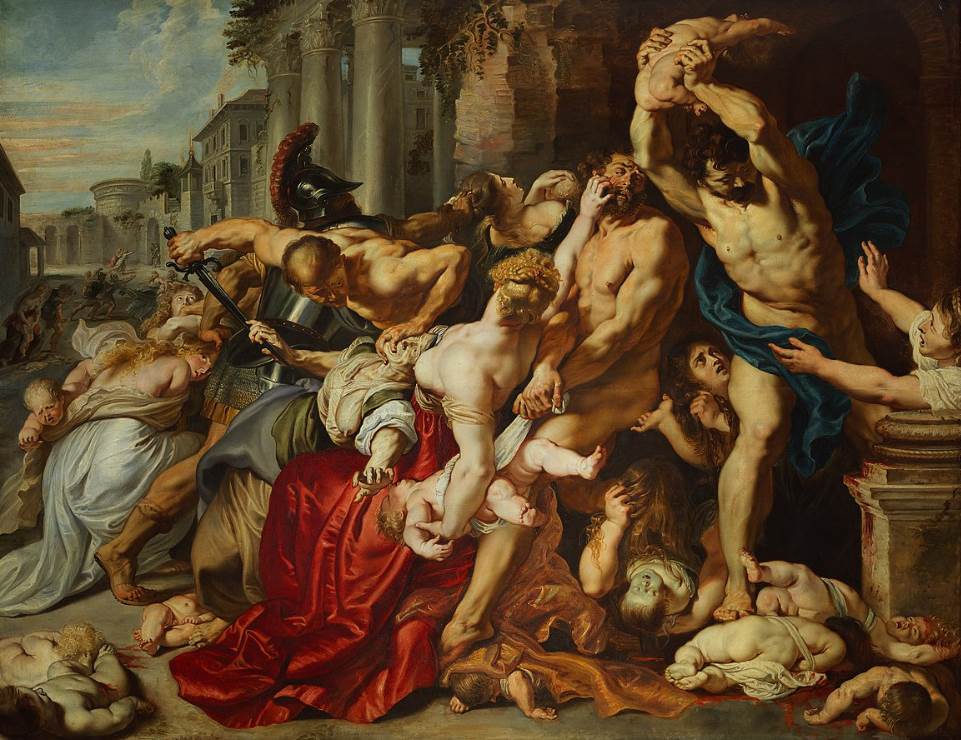
2. The second version was painted during the final years of Rubens’ life
Rubens ran a large workshop in Antwerp so he never really left the city. He did, however, acquired so much wealth that he managed to purchase a castle referred to as “Het Steen” near the Belgian city of Mechelen, not too far south of Antwerp.
This honor was only reserved for nobility, but being knighted in both England and Spain as a master artist and skilled diplomat allowed him an exemption.
During the final decade of his life, between 1630 and 1640, he spent quite a lot of time in his castle together with his young wife Hélène Fourment whom he married in 1630.
His paintings became increasingly more theatrical during this time, something emphasized by the second version of the Massacre of the Innocents which he completed between 1636 and 1638.
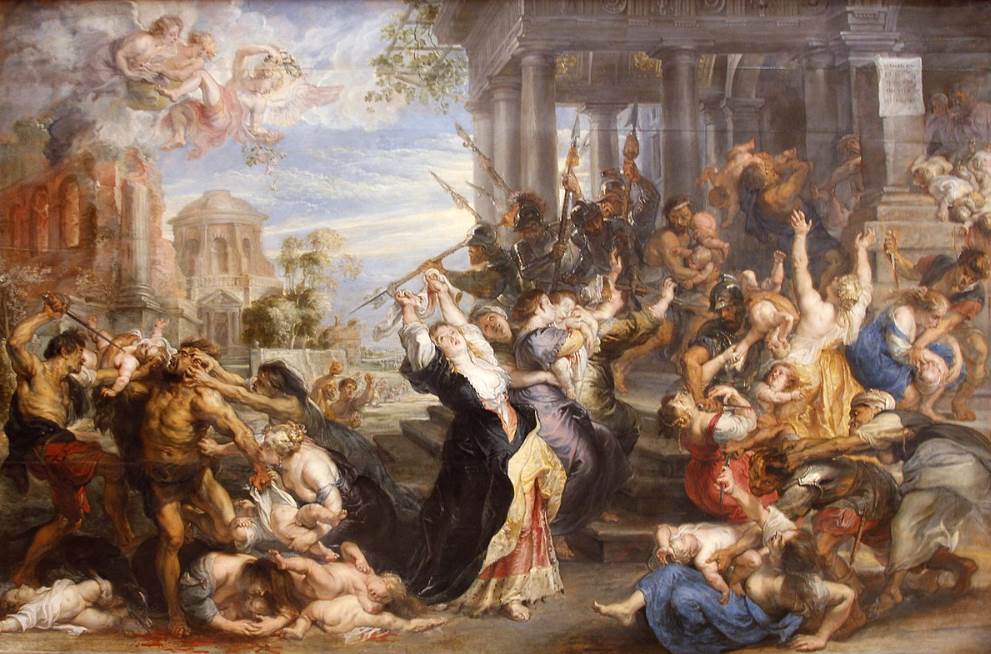
3. The painting depicts a Biblical story from the Gospel of Matthew
This particular Biblical story served as a great inspiration for artists because it has been depicted numerous times throughout history.
It is told in the Gospel of Matthew (2:16–18) and refers to King Herod the Great, King of Judea, who ordered the killing of all male infants, 2 years or younger, near the town of Bethlehem.
This event turned these infants into the first Christian martyrs in history. The Catholic church still celebrates the feast every year on December 28.
Whether or not this tragic event remains questionable and few scholars believe it to be true. It did inspire Rubens and other artists because he made several variations of the painting and similar subjects.
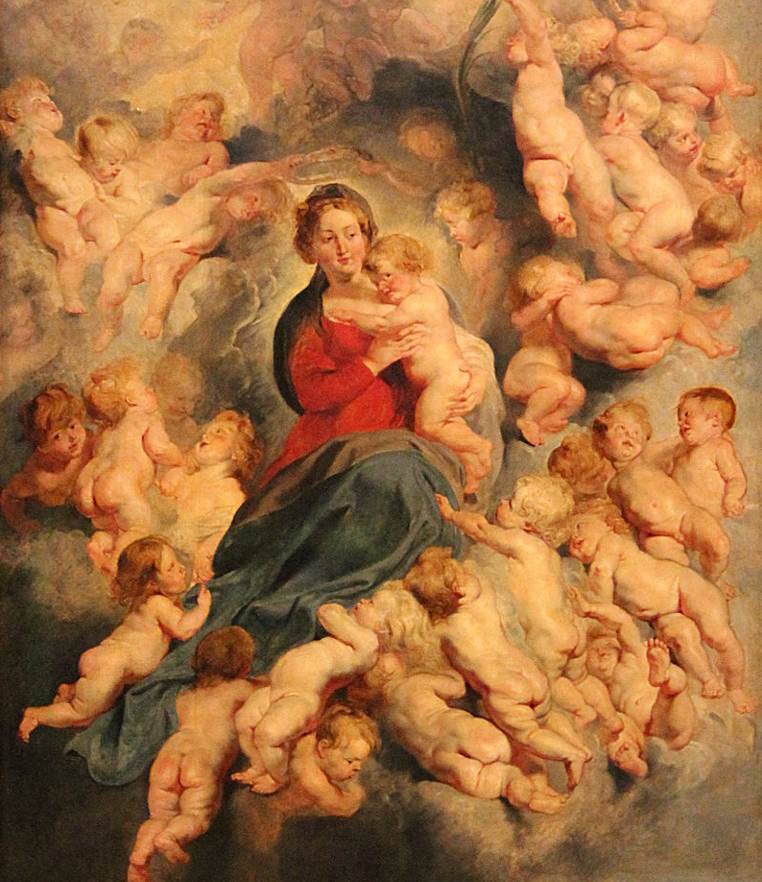
4. The first version clearly shows the influence of Italian artists
The contrast between the first and second versions of the painting is clear. The artist was influenced by the paintings of Italian artists that he saw during his extended stay in the country.
He saw the works of Raphael, Michelangelo, and Leonardo da Vinci, but was most of all influenced by his contemporary Caravaggio, the troubled artist who took the use of chiaroscuro to another level in his fascinating paintings.
The intense drama of the first painting made way for a more theatrical atmosphere in the second version. This makes the Massacre of the innocents by Rubens two interesting works to study the development of Rubens as an artist.

5. It was erroneously attributed to the artist’s workshop until the 21st century
The painting was owned by Flemish artists known as the Forchondt brothers in the 17th and they sold it to the Prince of Lichtenstein.
The painting once hung side by side with Ruben’s other masterpiece “Samson and Delilah” (1609-1610) at the Garden Palace of Vienna.
One of the most remarkable facts about the Massacre of the innocents by Rubens is that it was attributed to Jan van den Hoecke (1611-1651), a Flemish painter who worked in Rubens’ studio.
This erroneous attribution happened in 1780 when it was still part of the Lichtenstein collection. It later moved from Vienna to a monastery called Stift Reichersberg in the 20th century.
It wasn’t until the painting was examined closer in the year 2001 when it was put for auction at Sotheby’s in London that it was attributed to Rubens. The attribution at this time was based on the close resemblance to Samson and Delilah, a work that was completed just a few years earlier in 1610.
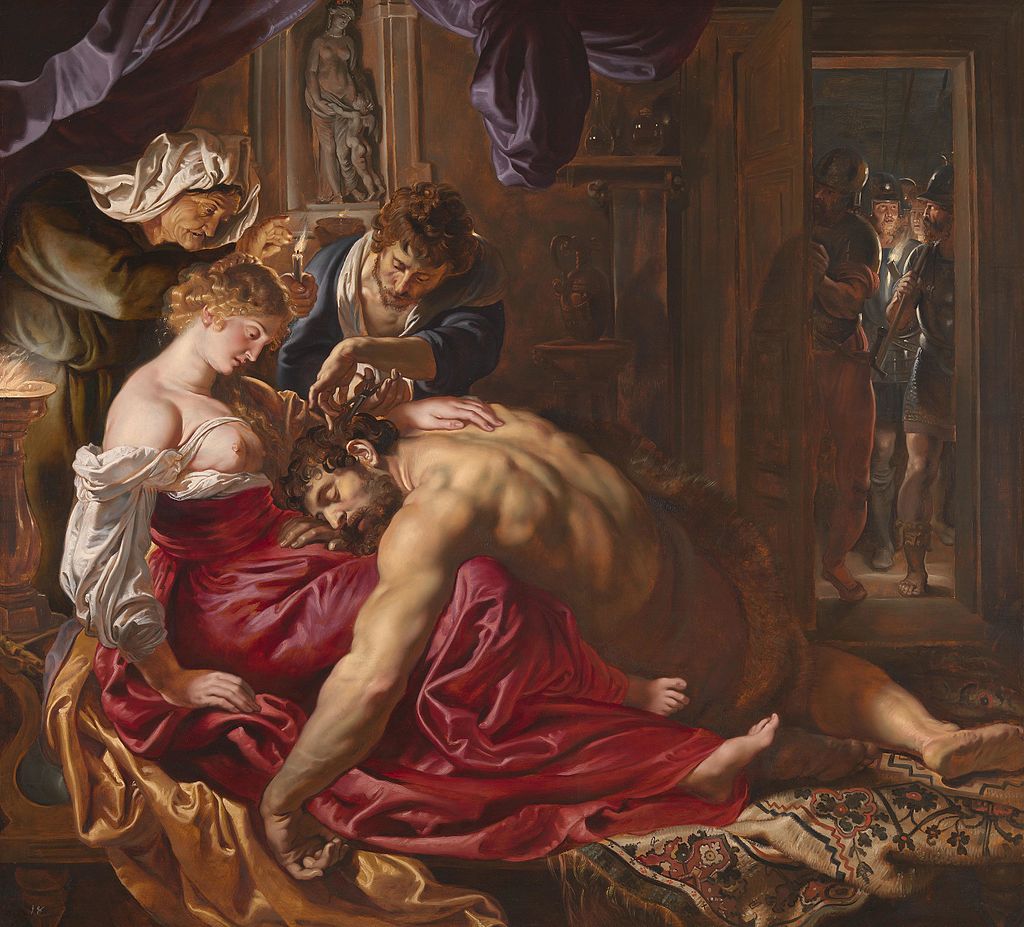
6. The painting sold for a whopping amount at Sotheby’s in 2002
Although Jan van den Hoecke became a court painter in both Vienna and Brussels, whether or not he painted the work or it was by the hand of world-famous master Peter Paul Rubens made a huge difference in the valuation.
This became clear when the painting was auctioned at Sotheby’s on July 10, 2002. This was the day that Canadian businessman Kenneth Thomson, 2nd Baron Thomson of Fleet (1923-2006) paid £49.5 million or C$117 million for the painting.
This was just a drop in the billionaire’s bucket because he had a net worth of US$19.6 billion when he passed away in 2006.
It was still the third-most-expensive painting ever sold at that time after the “Portrait of Dr. Gachet” by Vincent van Gogh and “Bal Au Moulin de la Galette” by Pierre-Auguste Renoir ($82.5 million and $78.1 million respectively).
7. How big are both versions of the Massacre of the Innocents by Rubens?
Both paintings are relatively large works of art but the second version is distinctively larger. Here are the dimensions of both paintings:
- Version 1 – Oil on canvas – 142 × 183 centimeters (56 × 72 inches)
- Version 2 – Oil on panel – 198.5 × 302.2 centimeters (78.1 × 119 inches)
8. Where are the paintings located today?
The second version became part of the Wittelsbach collection in 1708. This was an art collection that was started by the dukes of Bavaria in the 16th century and later became a prominent part of the collection of the Alte Pinakothek in Munich.
The painting can still be admired at this popular art museum which houses an extensive collection of paintings by the Old Masters.
The painting that was acquired by the richest man in Canada in the early 21st century was donated by him to the Art Gallery of Ontario in Toronto.
The first version of the Massacre of the Innocents by Rubens was transferred to this popular museum in 2008 and can be admired there.
